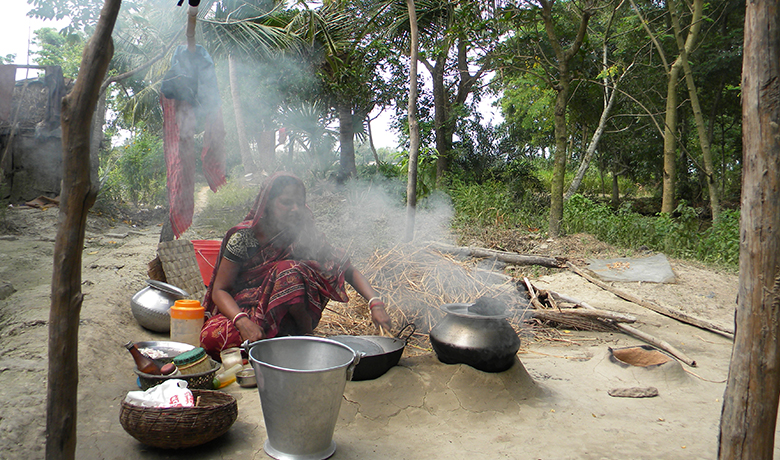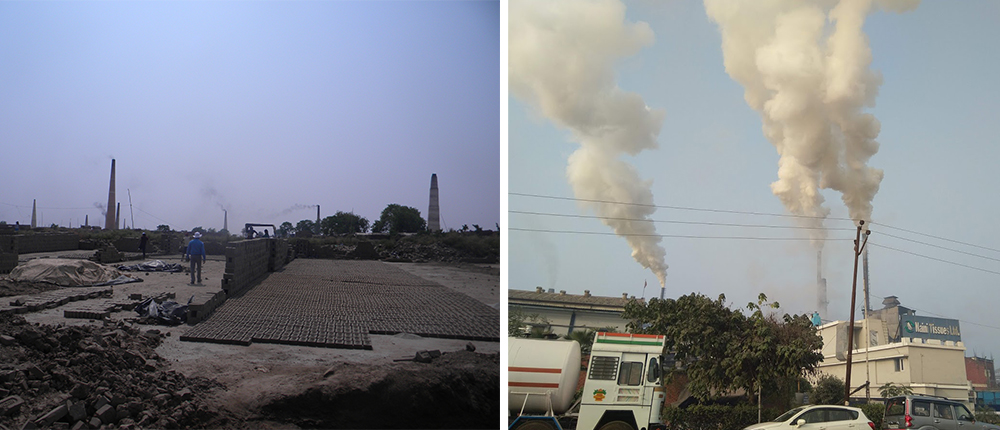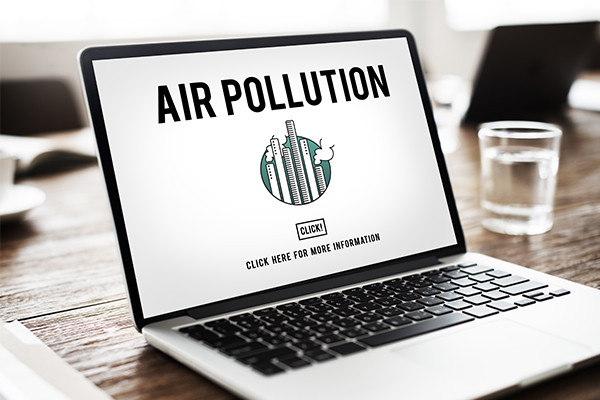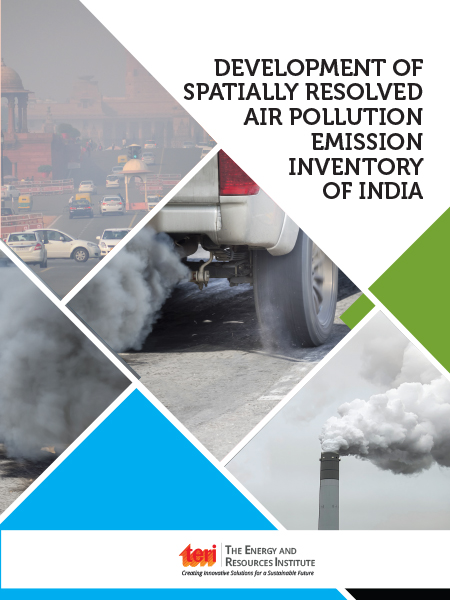Spatially Resolved Air Pollution Emissions Inventory of India

Considering India's dynamically changing energy use landscape and recent policy interventions to improve air quality, there is a need to update air pollution emission inventories
There are many sources that contribute to poor air quality in India. This includes vehicular pollution, industrial pollution, C&D activities, burning biomass-based fuels for cooking, improper management of municipal and agricultural waste, etc.
In such a scenario it becomes very important to understand the emission sources, chemistry, and transport of pollutants to identify measures for effective and optimal control of pollution. TERI has been working on developing emissions inventories of pollutants at both national and urban scales.
Considering India's dynamically changing energy use landscape and recent policy interventions to reduce air pollution, there is a need to update air pollution emission inventories.
While developing such inventories, it is always preferable to have country-specific emission factors of different air pollutants from various sector-specific activities. This helps reduce uncertainty in estimating emissions of air pollutants from that sector.

The emission inventory of pollutants gives an idea of contributions in source emissions but does not reflect their shares in ambient concentration. Understanding of source contributions in ambient concentrations is important to understand the impact of air pollution—particularly on human health or agricultural activities. Again, different primary pollutants, such as NH3, NOx, SO2, VOCs, etc., can react in the atmosphere to form secondary pollutants based on the meteorological and thermodynamic conditions.
Thus, it is necessary to use meteorological parameters and pollutants inventories together in a chemical transport model to estimate the ambient concentration of different air pollutants. TERI has carried out a preliminary model run to assess pollutant concentrations in India based on the inventory prepared in this study. It aims to update the multi-sectoral emission inventory of PM, NOx, SO2, NMVOC, CO of India, to develop an inventory of ammonia emissions for India, and to simulate pollutant concentration using chemical transport models for identification of hotspots, among others.
Report
- Table of Contents
- Executive Summary
- Chapter 1 - Introduction
- Chapter 2 - Methodology
- Chapter 3 - Residential Sector
- Chapter 4 - Power Sector
- Chapter 5 - Industry Sector
- Chapter 6 - Transport Sector
- Chapter 7 - Diesel Generator Operation
- Chapter 8 - Open Burning Of Agricultural Residues
- Chapter 9 - Refuse Burning
- Chapter 10 - Construction Sector
- Chapter 11 - Mining Sector
- Chapter 12 - Crematoria
- Chapter 13 - Estimated Atmospheric Concentrations
- References
National Air Pollution Emission Inventory - A Tool to Display Spatial Distribution of Air Pollution Emission Inventory across India
The National Air Pollution of India is a tool that presents a user-friendly emission inventory portal. With data from 2016, this is the most recent emissions inventory present at the time of its launch. The portal enables the user to get spatial distribution of air pollution emission inventory of each state and union territory (UT) in India. It also enables a deeper analysis at 36 x 36 km grid level sectoral emissions in each state and UT.

The sectoral and spatial data provides the information of emission hotspots within the state. This tool can be utilized to formulate policies at sectoral, state, and regional level.
This air pollution emission inventory was prepared using secondary dataset collected from relevant authorities and literature. The methods used to build the emission inventory are peer reviewed and available in the main report.
Newly developed emission factors (under the process of publication) were used in the development of this inventory.
It is to be noted that the development of the emission inventory is a dynamic process and can be updated with availability of refined or high-resolution datasets.
We are grateful to our partners, ExxonMobil Research and Engineering Company, for the partnership which enabled us to undertake the study to form the basis of this inventory. We are also grateful to the peer reviewers who reviewed the inventory and the methods used to estimate them and thus facilitated the preparation of this tool.
You can access the inventory here. It is best viewed at 1680/1050 screen resolution.


